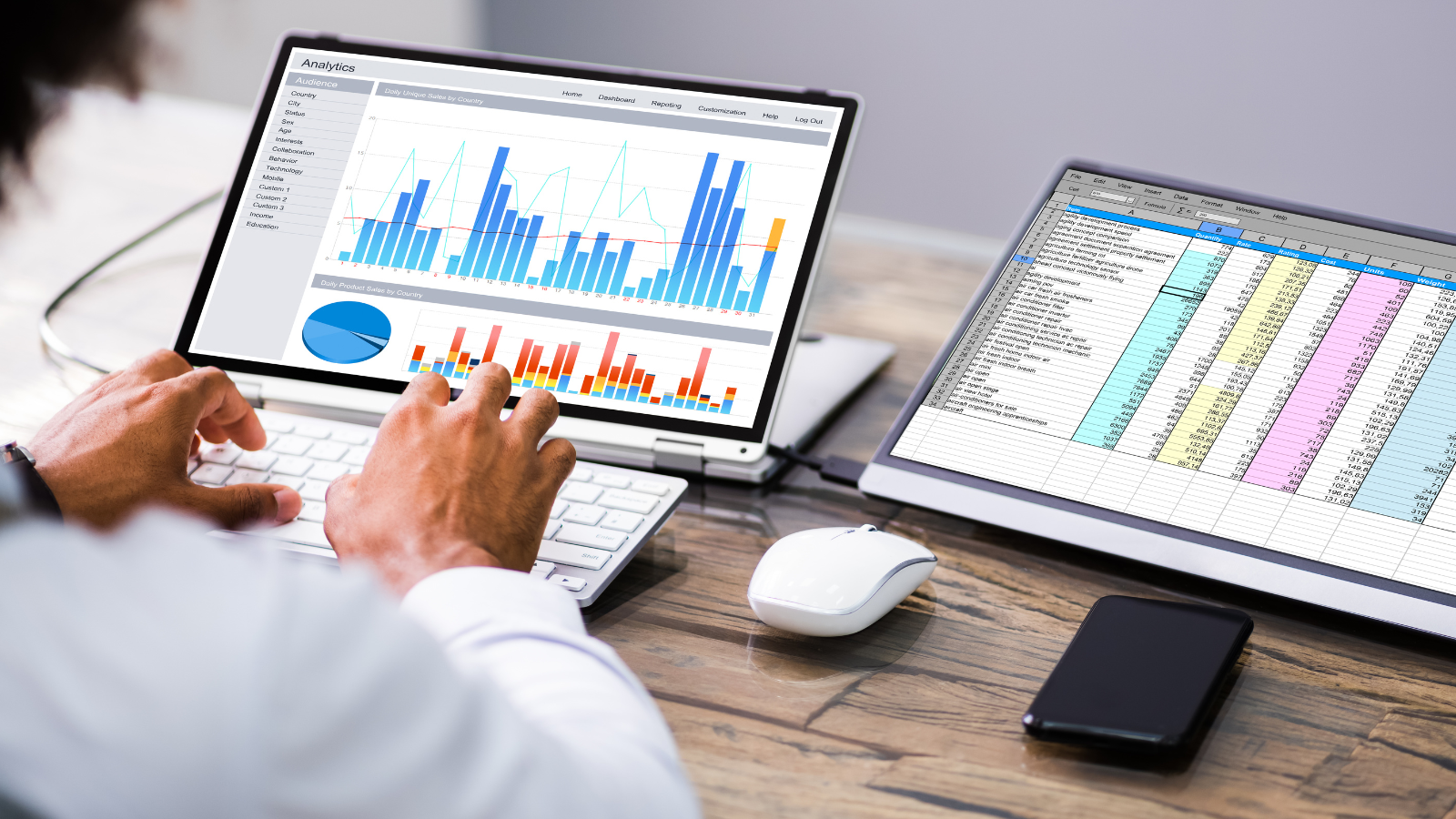
If you’re trying to maximize your company’s revenue performance, having a clear understanding of the numbers is essential.
Knowing exactly where your income is coming from and where it’s going can help you make informed decisions and ensure that you are on track to reach your goals. Fortunately, tracking your revenue performance doesn’t have to be complicated. With the right strategy in place, you can easily stay on top of the numbers and make the most of your income.
In this article, you’ll learn how to track revenue performance for maximum results. From understanding the key metrics to utilizing the right tools, you’ll be equipped with a comprehensive understanding of how to effectively manage your revenue and make the best decisions for your business.
Understanding the Key Metrics of Revenue Performance
Before you can effectively track revenue performance, you first need to understand the key metrics that make up your revenue.
The performance of each metric will be different depending on your industry, but they will all help determine your final revenue. To get started, here’s a look at the most important metrics for revenue performance.
- Revenue Source - This metric tells you where your revenue is coming from. Depending on your business, this could be coming from a variety of sources, including one-time sales, subscriptions, memberships, or advertisements. The source of your revenue will vary from business to business, so it’s important to track where your income is coming from to make the most of it.
- Revenue Type - This metric tells you more about the source of your revenue, including what type of transaction is bringing it in. Types of revenue include sales revenue, revenue from memberships, revenue from advertisements, and more. The revenue type will help you determine how to best use the revenue to help your business succeed.
- Revenue Volume - This metric tells you the overall amount of revenue your business brings in. Depending on your industry, revenue volume might fluctuate from month to month. To best track your revenue volume, you’ll want to look at a few months’ worth of data. This will help you get a more accurate reading of your revenue volume and see how your business is doing long-term.
Developing a Process for Tracking Revenue
If you want to track revenue effectively, you’ll need a process in place.
- Identify your revenue sources - Before you can track your revenue performance, you first need to identify your revenue sources. This means deciding how you are making money and how much each source is bringing in.
To make this process easier, you can use the revenue source metric mentioned above. This will help you identify where your income is coming from and make it easier to track.
- Record your revenue volume - Once you know which sources are bringing in revenue and how much each one is bringing in, it’s time to record the data. Use a spreadsheet to record your monthly revenue volume. Make sure to keep track of the date, the source of the revenue, and the amount.
You can also add additional details, such as merchandise sold, if applicable. This will help you keep track of your overall revenue volume and see how your business is progressing over time.
Once you track your revenue, it's important to analyze it overtime using the same metrics listed above.
Making Adjustments Based on Revenue Performance
After analyzing your data and knowing where your strengths and weaknesses lie, you can use that information to make adjustments that will help maximize your revenue performance. Some ways to do this include:
- Increasing the amount of revenue coming from each source - If you’re seeing a lot of revenue coming from one source, you can look at ways to bring in more of that revenue.
- Expanding your customer base - If you’re not bringing in much revenue, you’ll want to find ways to bring in more customers. This can include adjusting your marketing strategy or making changes to your product or service offerings.
- Changing item pricing - If certain items are bringing in a lot more revenue than others, you may want to consider adjusting prices. Conversely, if there are items that aren’t bringing in much revenue at all, you may want to consider lowering their prices or eliminating them altogether.
Implementing Revenue-Driven Strategies
Once you’ve perfected your revenue tracking, you can start implementing revenue-driven strategies. Doing this will help take your business to the next level and maximize revenue. Here are some strategies you can start using to maximize your revenue:
- Optimizing your marketing strategy - This is the most important revenue-driven strategy you can implement. Marketing is what brings in revenue, so optimizing your strategy is essential.
- Adjusting your product or service offerings - If you see a lot of sales revenue, you can look at ways to adjust your offerings to maximize the revenue coming from those items. If you’re seeing a lot of sales volume but not a lot of revenue, you can look at ways to increase the price of your items.
- Changing your pricing model - If you’re seeing a lot of sales volume but not a lot of revenue, you can look at ways to change your pricing model to bring in more revenue. This can include adjusting your markups, utilizing pricing strategies such as loss leaders, or adding a subscription service.
Conclusion
Revenue performance is an essential metric for businesses of all types. To track this effectively, you’ll need to understand the key metrics and how they work. Once you do, you can start tracking your revenue and using the data to make adjustments that will help you maximize your income.
To do this, you’ll want to implement a tracking process, utilize the right tools, and analyze your data. Once you do, you can implement revenue-driven strategies that will help take your business to the next level and maximize your revenue for years to come.



